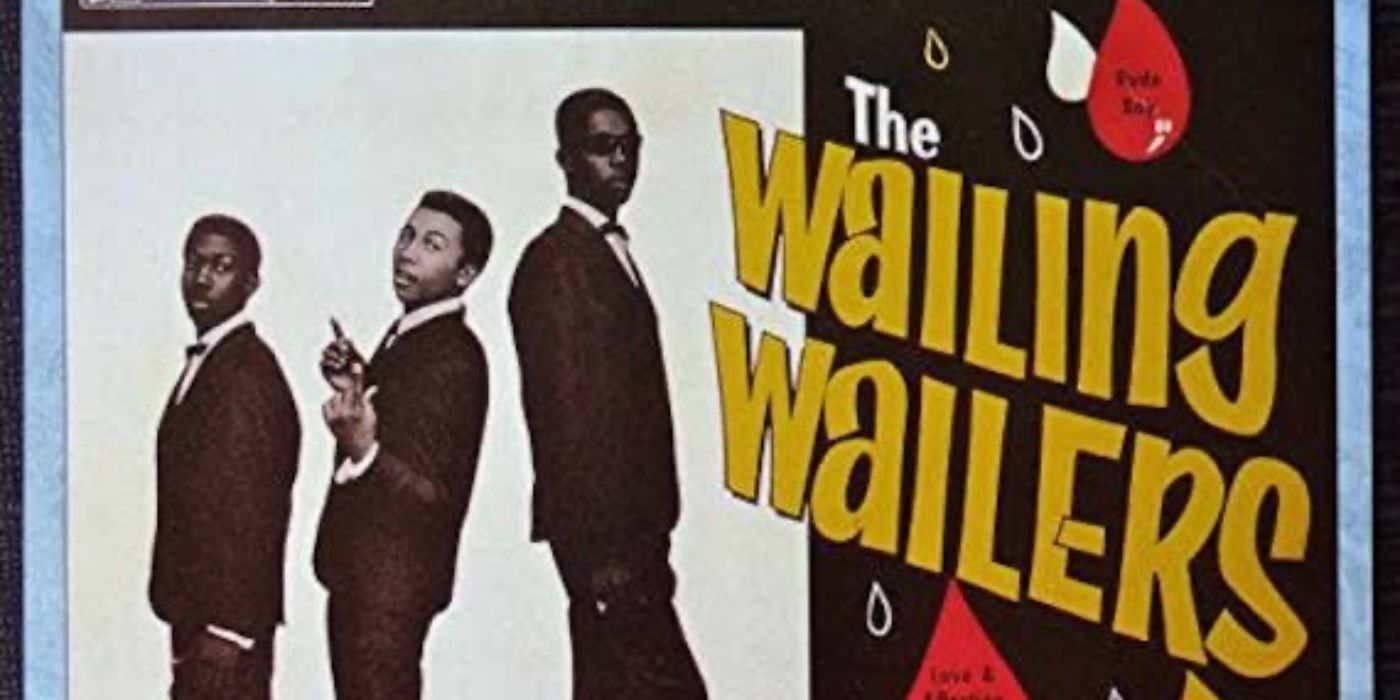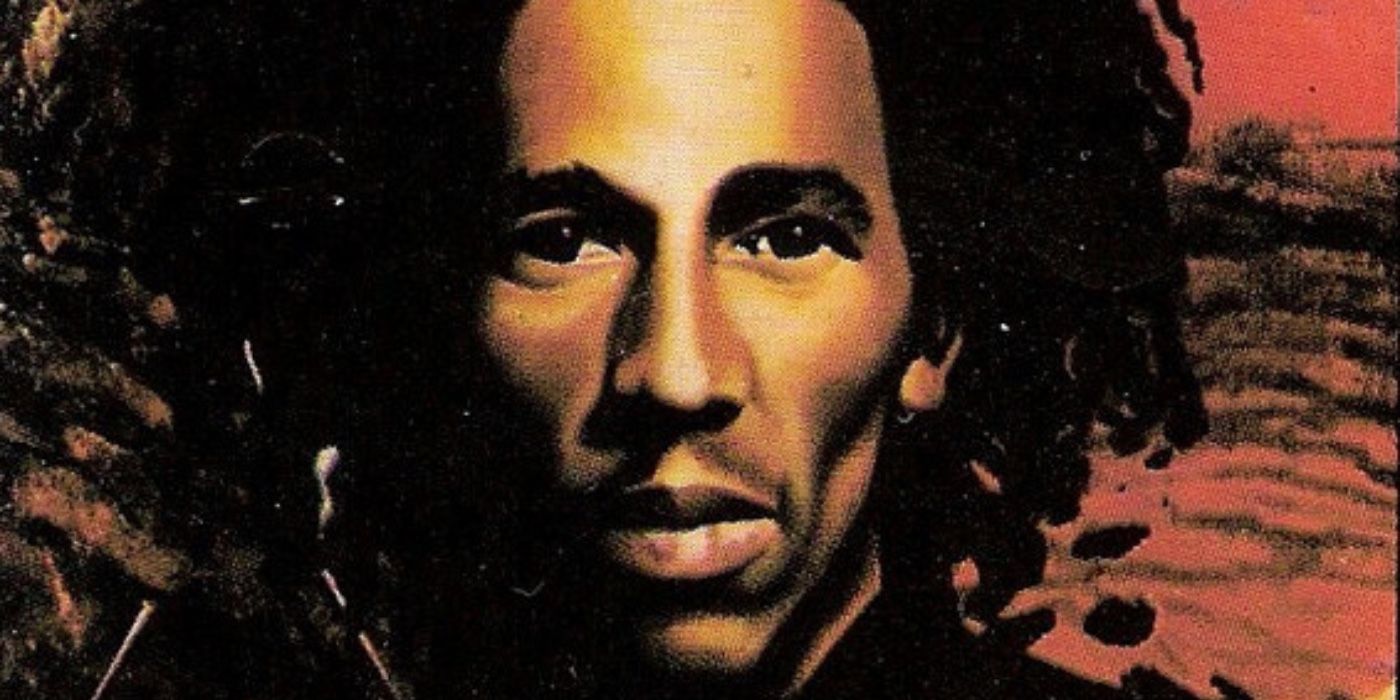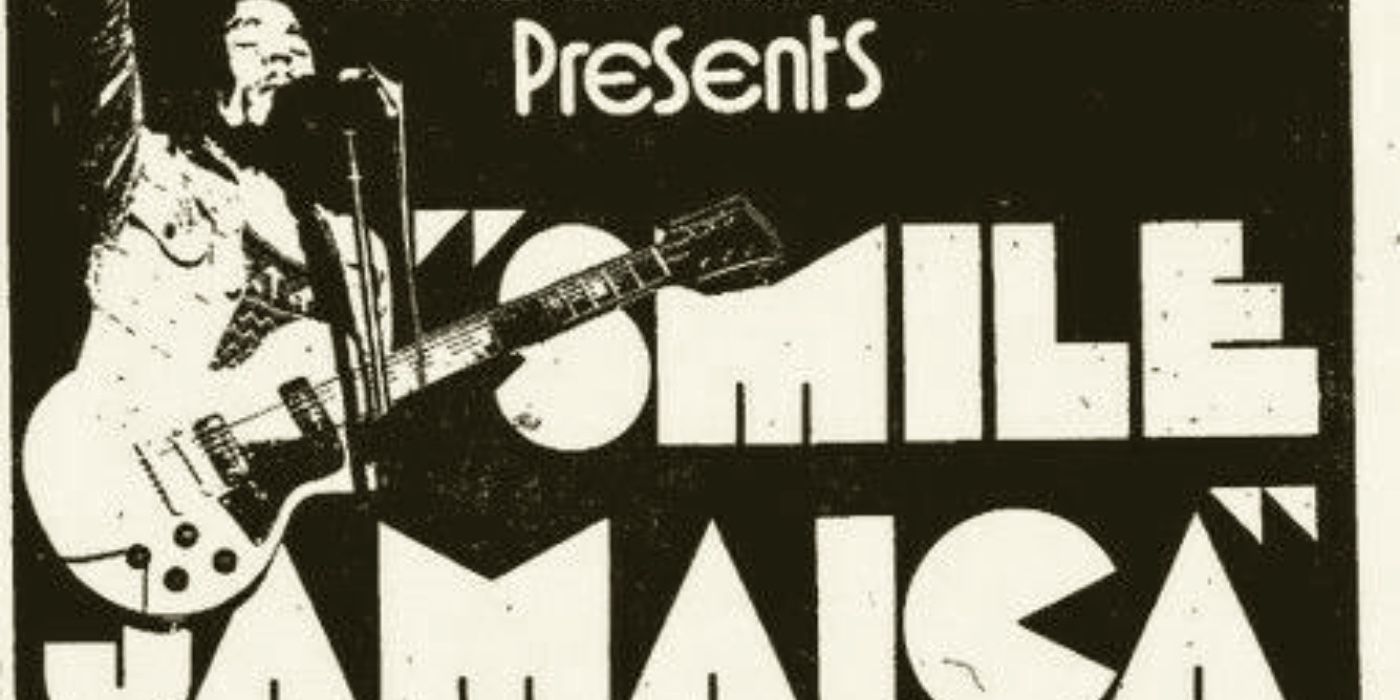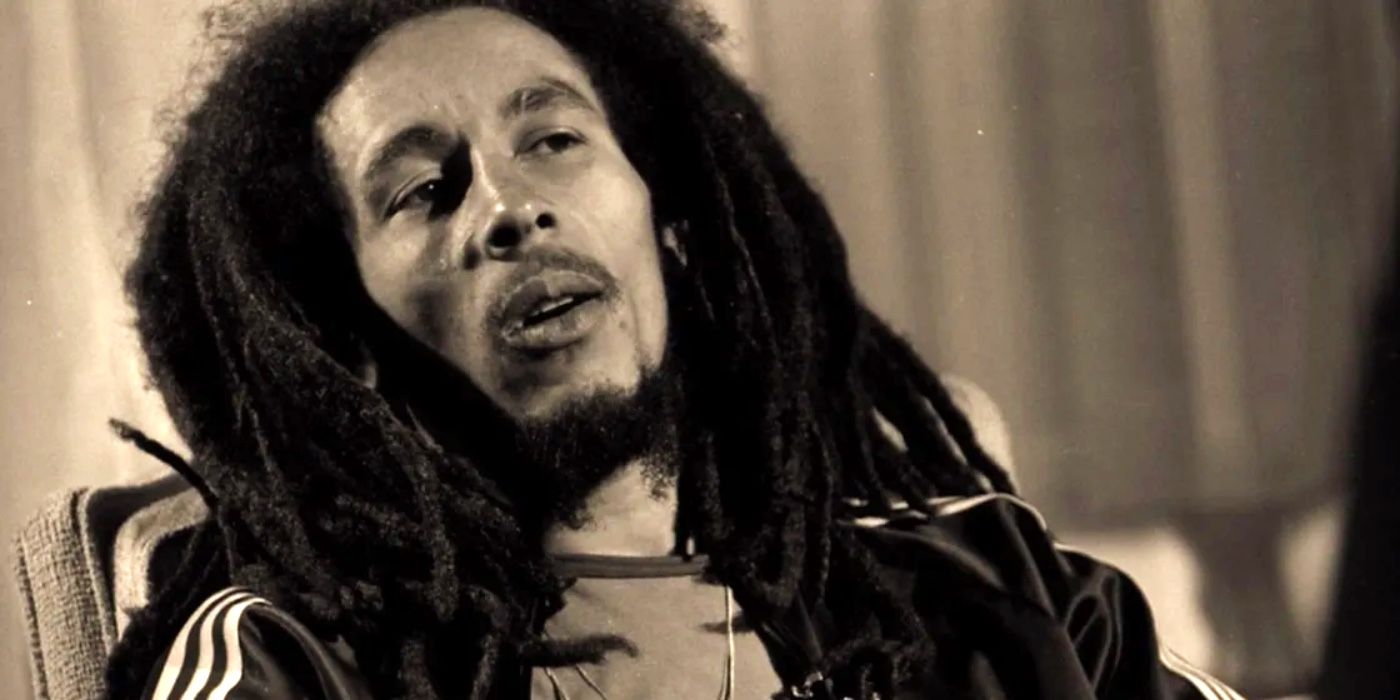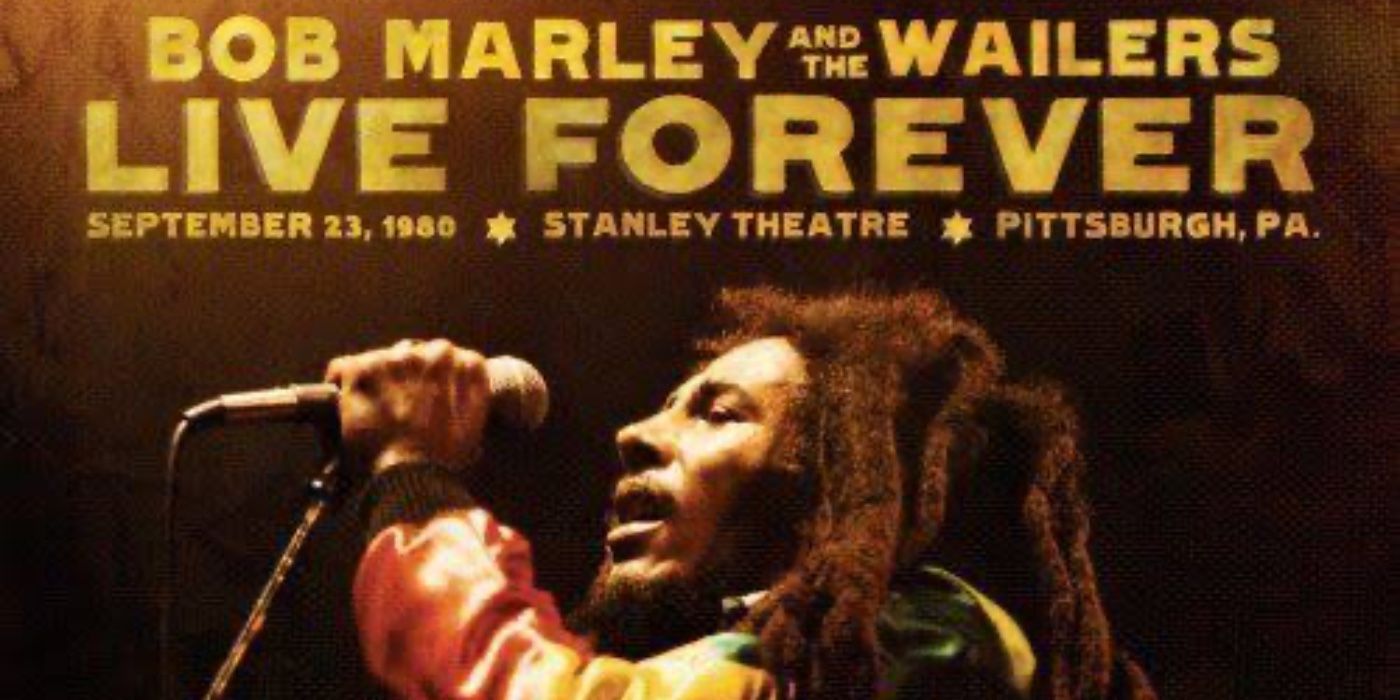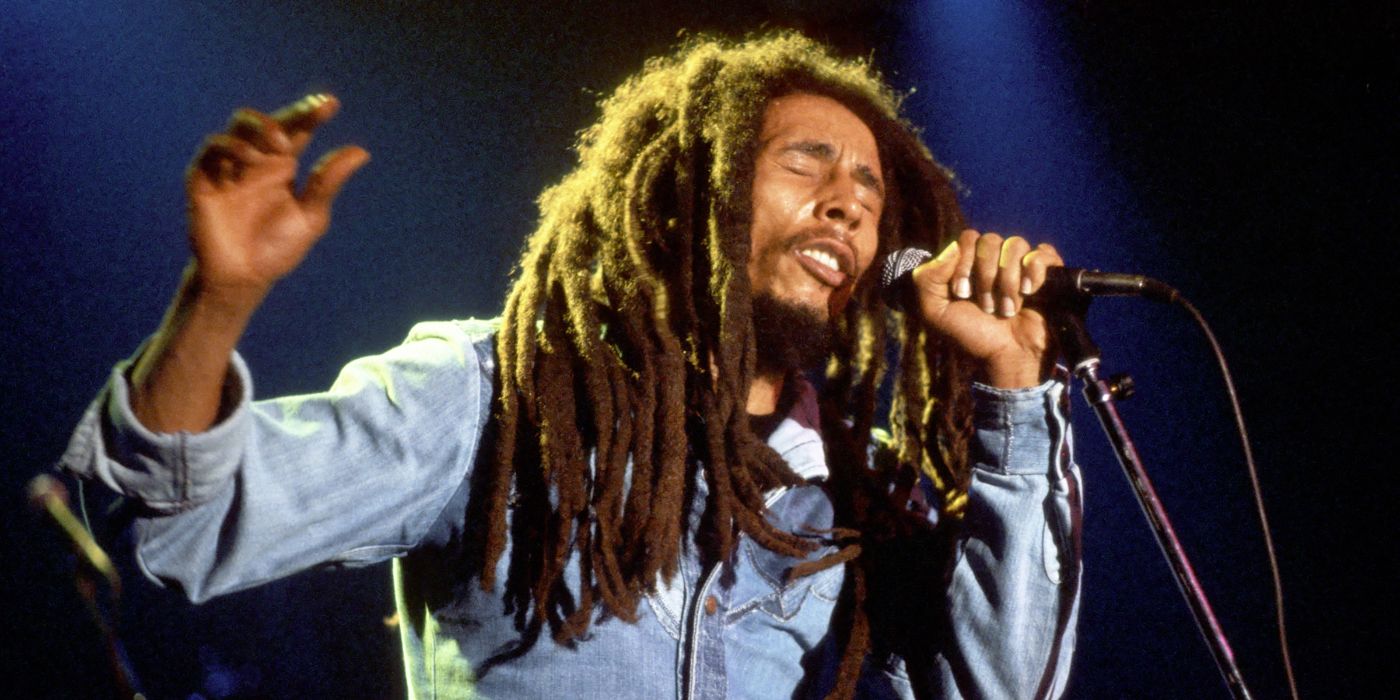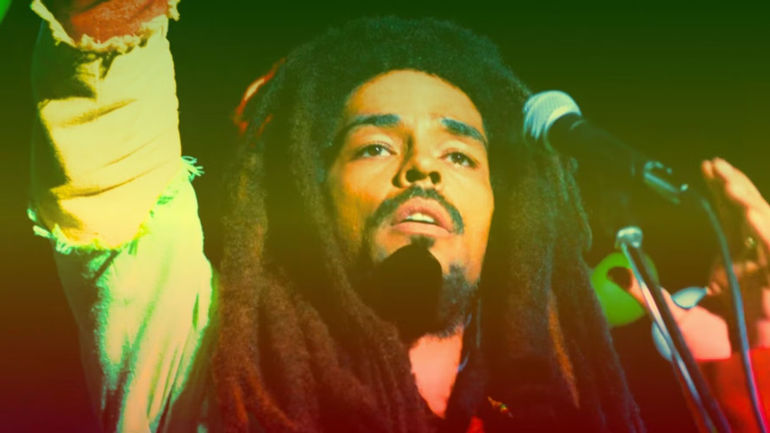
Unveiling the True Story of Bob Marley's One Love

Delve into the heartfelt tale behind Bob Marley's iconic song, One Love. Learn about the inspiring journey and message encapsulated in this classic track by Bob Marley.
Bob Marley: One Love explores the life of the legendary reggae artist, Bob Marley, from his rise to fame to his passing in 1981. In the film, Kingsley Ben-Adir portrays Bob Marley, alongside a talented cast including Lashana Lynch, James Norton, Micheal Ward, and Anthony Welsh. The movie is directed by Reinaldo Marcus Green, known for his work on King Richard, We Own This City, and Monsters and Men.
Bob Marley, famous for his rock steady and reggae music in the 1970s, had a significant impact as a reggae ambassador, becoming an international sensation. Embracing the Rastafari movement, Marley's music reflected his deep spirituality, inspiring other artists to incorporate similar themes in their work. Beyond music, Marley was a strong advocate for peace and unity, not only in Jamaica but around the world.
The biopic, Bob Marley: One Love, finally tells the story of this music icon, focusing on key moments that propelled him to global fame and cemented his enduring legacy.
Bob Marley's Early Music Career With The Wailers
The Wailers Formed In 1963 In Jamaica
Marley, Livingston, and McIntosh on the album cover for The Wailing Wailers. - The Wailers Formed In 1963 In Jamaica - Bob Marley's Early Music Career With The Wailers
In the late 1950s, Bob Marley resided in Trench Town, a poor area in St. Andrew, Jamaica. It was during this period that he formed a close friendship with Neville "Bunny" O'Riley Livingston, a fellow music enthusiast. In 1963, Marley, Livingston, and Peter McIntosh came together to create The Wailers. Their musical journey was supported by reggae artist Joe Higgs, from the Higgs and Wilson duo, who assisted with vocal harmonies and guitar skills.
Their talents caught the attention of record producer Coxsone Dodd, leading to the release of their first single, "Simmer Down," which quickly rose to the top of the Jamaican charts in January 1964. Despite their growing popularity in Jamaica, the group faced financial struggles. They temporarily went their separate ways, with Marley visiting his mother in the United States. It was during this time in the U.S. that Bob Marley tied the knot with Rita Anderson on February 10, 1966. After eight months, he returned to Jamaica and reunited with Livingston and McIntosh.
A financial disagreement with Dodd led The Wailers to collaborate with Lee "Scratch" Perry and his studio band, The Upsetters. However, this partnership ended within a year due to disputes between Marley and Perry over recording rights.
In 1972, a turning point arrived for The Wailers when they secured a contract with Island Records, founded by Chris Blackwell. This opportunity allowed them to create their first full album, Catch a Fire. This success led them to share stages as an opening act for Bruce Springsteen and Sly & the Family Stone.
That same year, their second album Burnin' was released, featuring the hit song "I Shot the Sheriff." Eric Clapton's iconic cover of this song helped it reach number one on the charts in the United States.
By 1974, The Wailers had come to the end of their journey together, with each member going their separate ways to pursue solo careers.
Bob Marley's Solo Music Career Begins In 1974
Marley's First Hit Outside Of Jamaica Was "No Woman, No Cry"
Bob Marley on his album cover for Natty Dread - Marley's First Hit Outside Of Jamaica Was "No Woman, No Cry" - Bob Marley's Solo Music Career Begins In 1974
Marley kicked off his solo career by forming Bob Marley and the Wailers, with Rita, and the I-Trees as backup vocalists. This was a fruitful time for Marley, highlighted by the release of the album Natty Dread. His big breakthrough came with the hit "No Woman, No Cry," featured on the Bob Marley: One Love soundtrack, which brought him international fame beyond Jamaica.
Bob Marley's Smile Jamaica Concert & Shooting Controversy
The song's lyrics referenced the Government Yards of Trench Town, a public housing project in Kingston. This monumental achievement paved the way for his breakthrough album, Rastaman Vibration, which secured a place on the Billboard Top Ten chart for four weeks in the United States.
A Concert Aimed To Counteract The Escalating Political Violence
The concert poster, featuring Bob Marley, for the Smile Jamacia concert. - A Concert Aimed To Counteract The Escalating Political Violence - Bob Marley's Smile Jamaica Concert & Shooting Controversy
The Smile Jamaica Concert occurred on December 5, 1976, at National Heroes Park in Kingston, Jamaica. The concert was organized to address the increasing political violence in the country. However, just before the event, a group of seven armed men attacked Bob Marley's home. Marley was shot in the chest and arm, while his wife Rita was injured in the head. The American embassy suggested that the attack was politically motivated, aiming to stop the concert that would feature Marley's "politically progressive" music.
Some people believed that the attack was a scheme to create a young Jamaican martyr, supporting the People's National Party. Despite his injuries, Bob Marley bravely took the stage at the concert. When asked why he decided to perform, he simply said:
The individuals causing harm in the world are not resting. So, why should I?
Marley's dedication was evident as he not only delivered on his promise to sing one song but went on for an impressive 90 minutes, mesmerizing a crowd of 80,000 people.
Why Bob Marley Returned To Jamaica For Another Concert
The Event Earned The Nickname "Third World Woodstock"
Bob Marley (Kingsley Ben-Adir) and Rita Marley (Lashana Lynch) in Bob Marley: One Love - The Event Earned The Nickname "Third World Woodstock" - Why Bob Marley Returned To Jamaica For Another Concert
Bob Marley returned to Jamaica for The One Love Peace Concert on April 22, 1978, at the National Stadium in Kingston. The concert aimed to address the political violence that was affecting the nation. The event, also known as the "Third World Woodstock," featured 16 top Reggae performers and drew a crowd of 32,000 people. The proceeds from the concert were used to create safe spaces and homes for the people of West Kingston.
Marley brought together two political rivals, Michael Manley (PNP) and Edward Seaga (JLP), by joining their hands. This act of unity was rare for Jamaica at that time and had a powerful impact on the nation. Marley expressed his intentions by saying:
"I just want to shake hands and show the people that we’re gonna make it right, we’re gonna unite, we’re gonna make it right, we’ve got to unite. The moon is right over my head, and I give my love instead. The moon was right above my head, and I give my love instead."
Bob Marley's Cancer Diagnosis
A Mark Beneath His Big Toe Ended Up Being Melanoma
Bob Marley taking in the Netflix documentary, Who Shot The Sheriff? - A Mark Beneath His Big Toe Ended Up Being Melanoma - Bob Marley's Cancer Diagnosis
In 1977, Bob Marley went to see a doctor about a mark under his big toe. At first, the doctor thought it was just a lesion from playing soccer. But when the mark got worse, Marley got a second opinion and was diagnosed with melanoma. The doctor recommended amputating his toe, but Marley chose to have surgery to remove the nail and the tissue around it instead. After the surgery, Marley didn't seek any more medical help for a while.
Bob Marley's health condition resurfaced in 1980 after collapsing in New York City. Further examinations revealed that the melanoma had spread to his brain, lungs, and stomach. Despite the grim diagnosis, Marley decided against conventional treatments and traveled to Germany to explore alternative approaches such as exercise, ozone injections, and vitamin regimens.
When & Where Bob Marley's Final Concert Took Place
Marley Delieved A Great Show Despite His Declining Health
Bob Marley's album cover for his final live concert, titled Live Forever. - Marley Delieved A Great Show Despite His Declining Health - When & Where Bob Marley's Final Concert Took Place
Bob Marley passed away on May 11, 1981, at the age of 36.
His Flight Back To Jamaica Had To Make An Emergency Landing
Bob Marley performing live - His Flight Back To Jamaica Had To Make An Emergency Landing - When Bob Marley Died & How Old He Was
Bob Marley's death took a different turn with the events leading up to his passing. After an unsuccessful battle with cancer for eight months, Marley decided to fly back to Jamaica. However, his condition worsened during the flight, leading to an emergency landing in Miami, Florida. He was rushed to Cedars of Lebanon Hospital, now known as Cedars-Sinai Medical Centre, for immediate medical care. Sadly, Bob Marley passed away on May 11, 1981, at the age of 36.
In his final moments, Bob Marley shared poignant words with his son Ziggy, saying, "On your way up, take me up. On your way down, don't let me down." Bob Marley's impact as a global ambassador for reggae music has left a lasting impression, with his legacy still felt today. The release of the biographical film Bob Marley: One Love has finally brought his life story and enduring influence to the big screen, celebrating his contributions to music and culture.
Sources: Jamaicans.com, Biography, HealthCert
Editor's P/S:
The article on Bob Marley's life journey provides a captivating insight into the iconic reggae legend's musical career and his profound impact on the world. It beautifully captures his humble beginnings with The Wailers, his rise to international fame, and his unwavering dedication to promoting peace and unity. The article delves into the challenges Marley faced, including the Smile Jamaica Concert shooting and his courageous performance despite his injuries.
Moreover, the article explores Marley's health struggles and his decision to seek alternative treatments for his melanoma diagnosis. His determination and resilience in the face of adversity are truly inspiring. The article concludes by highlighting Marley's legacy as a global ambassador for reggae music and the release of the biopic Bob Marley: One Love, which serves as a fitting tribute to his extraordinary life and lasting influence.
